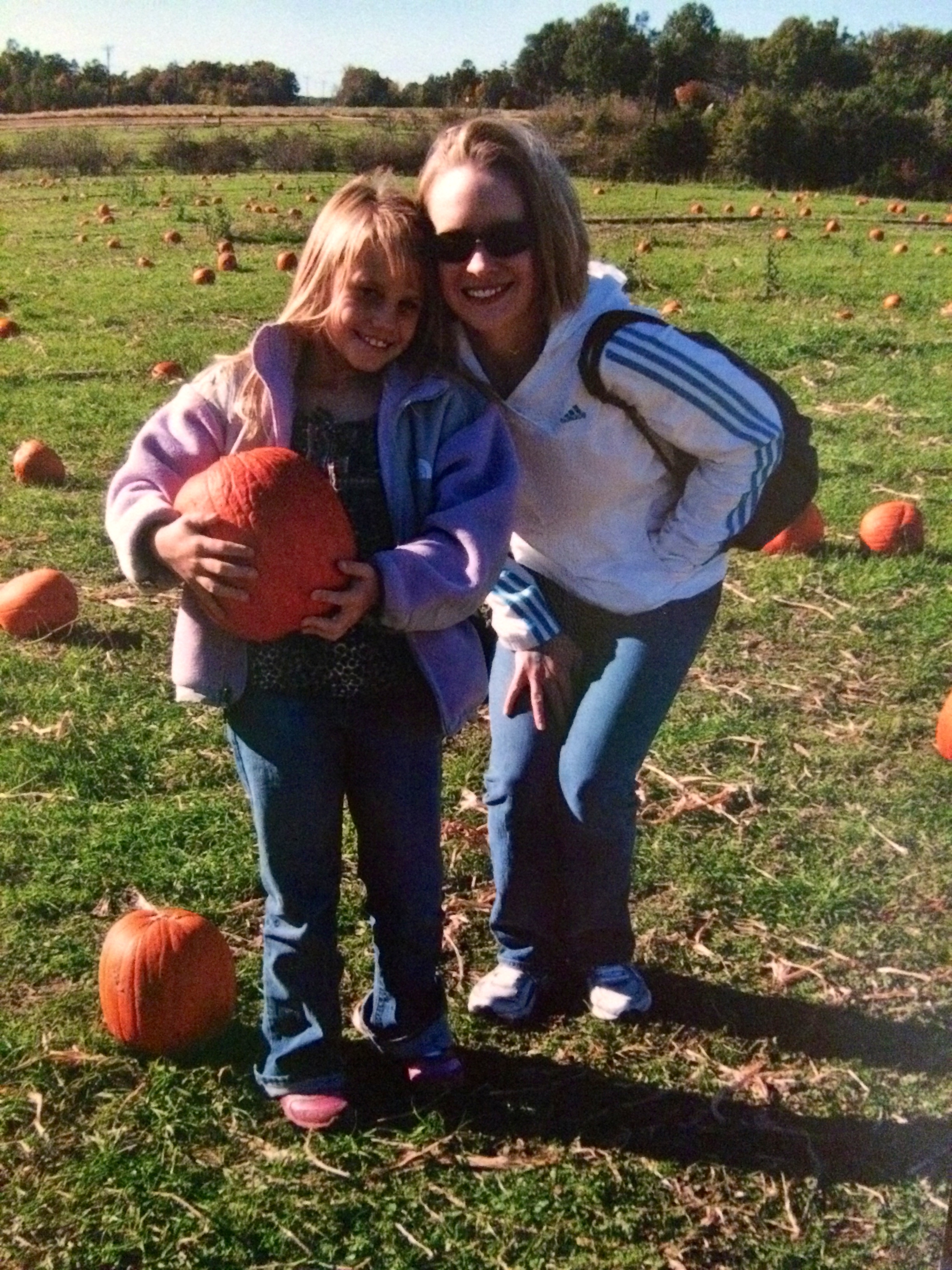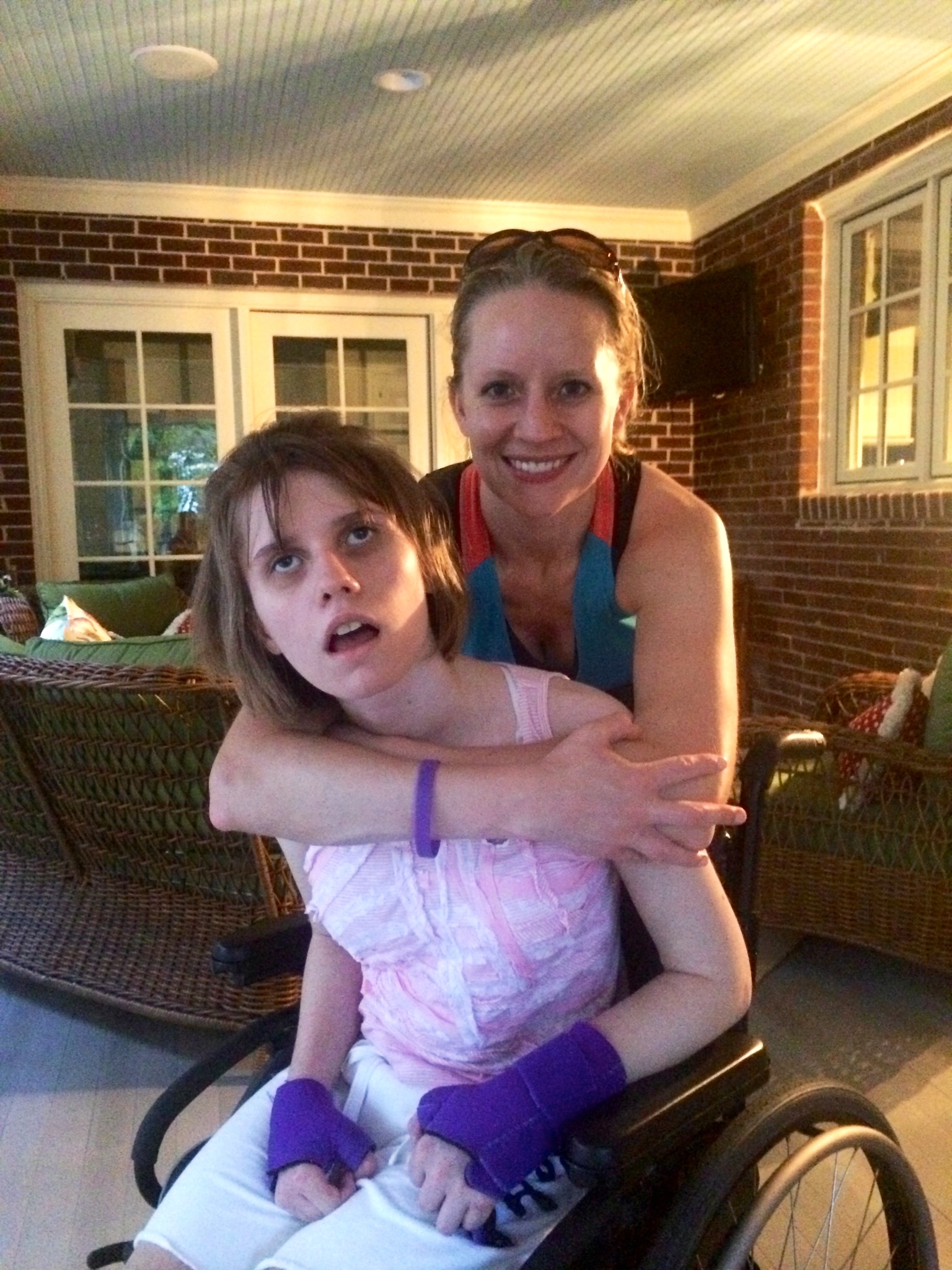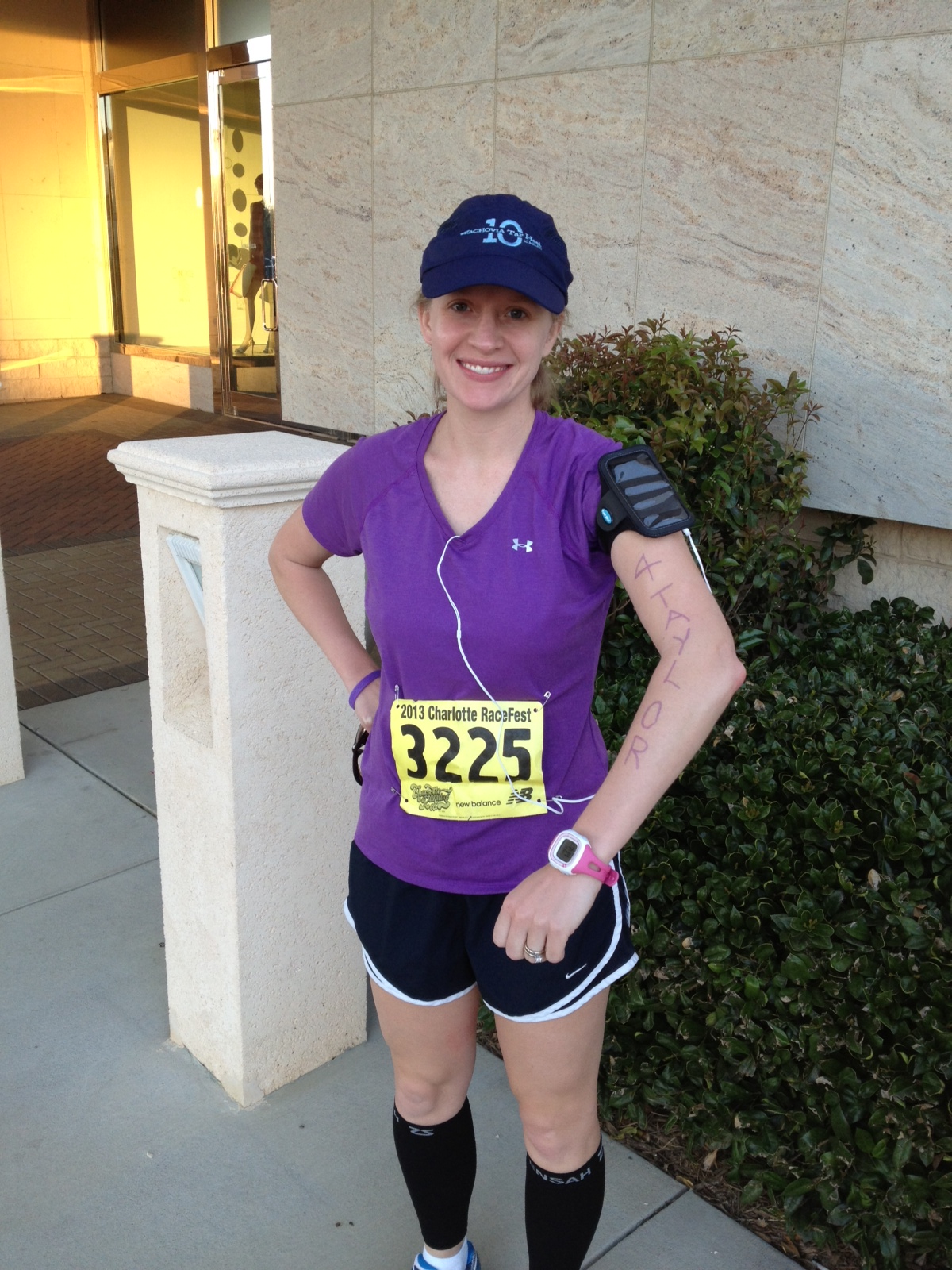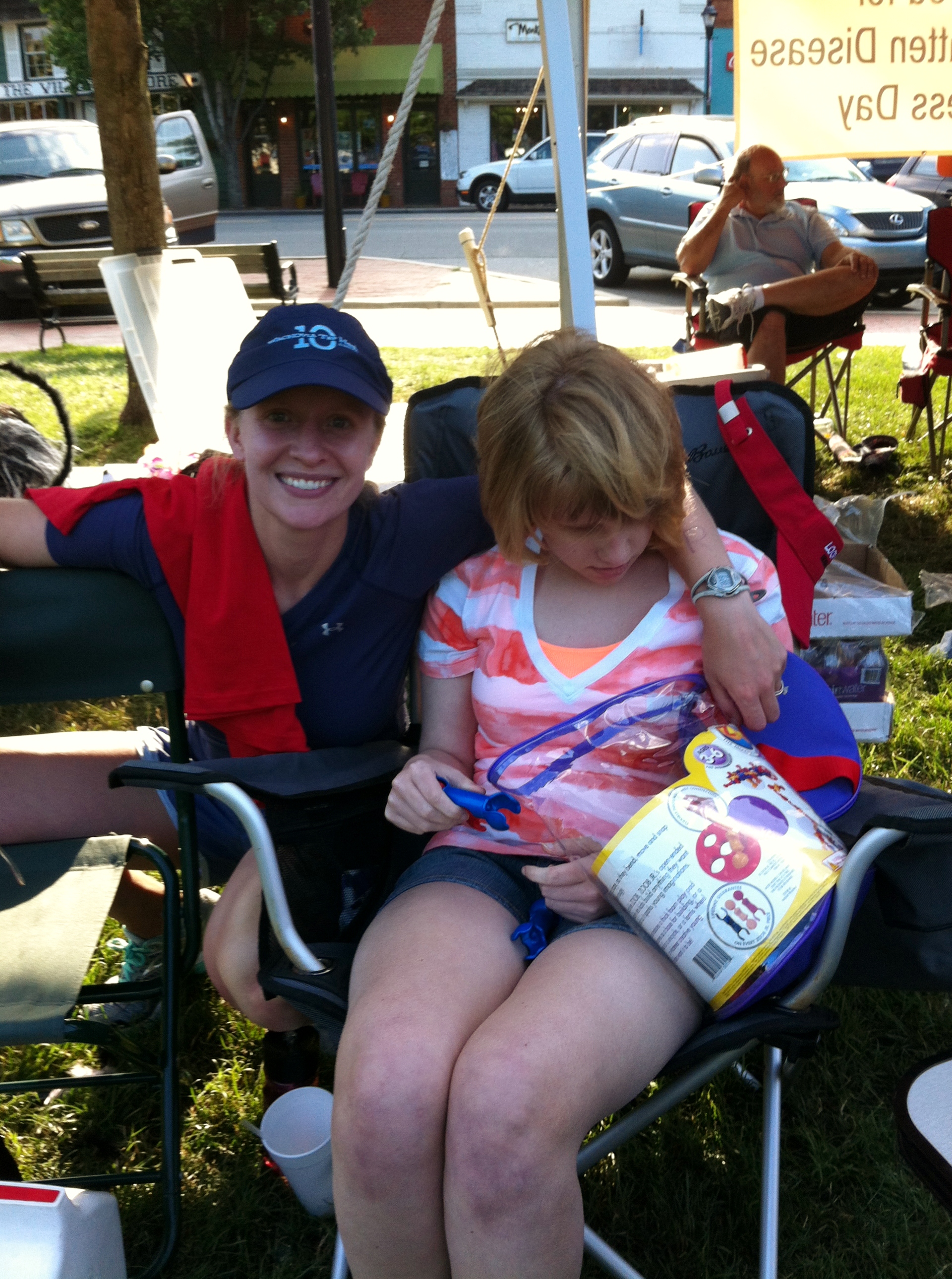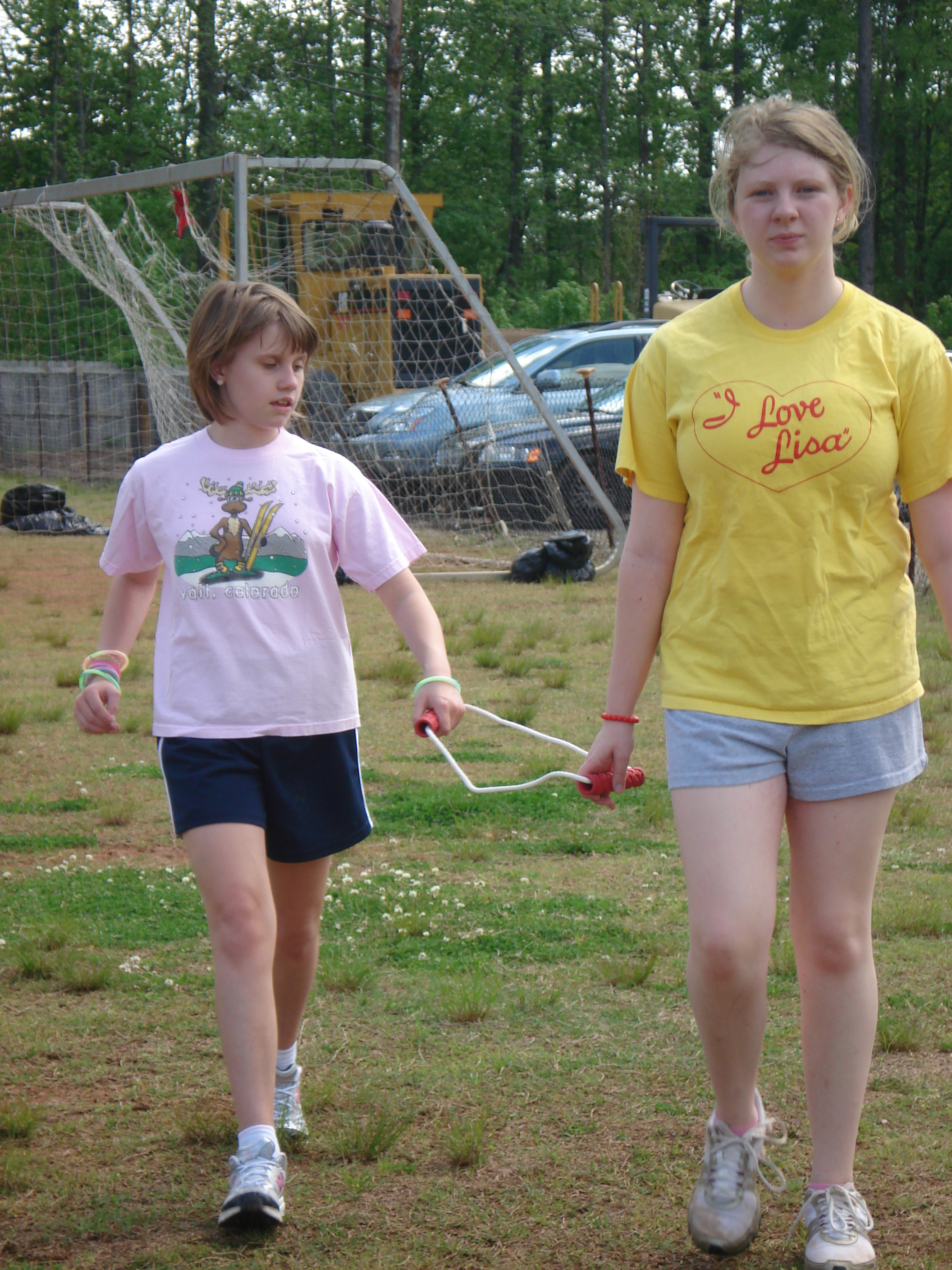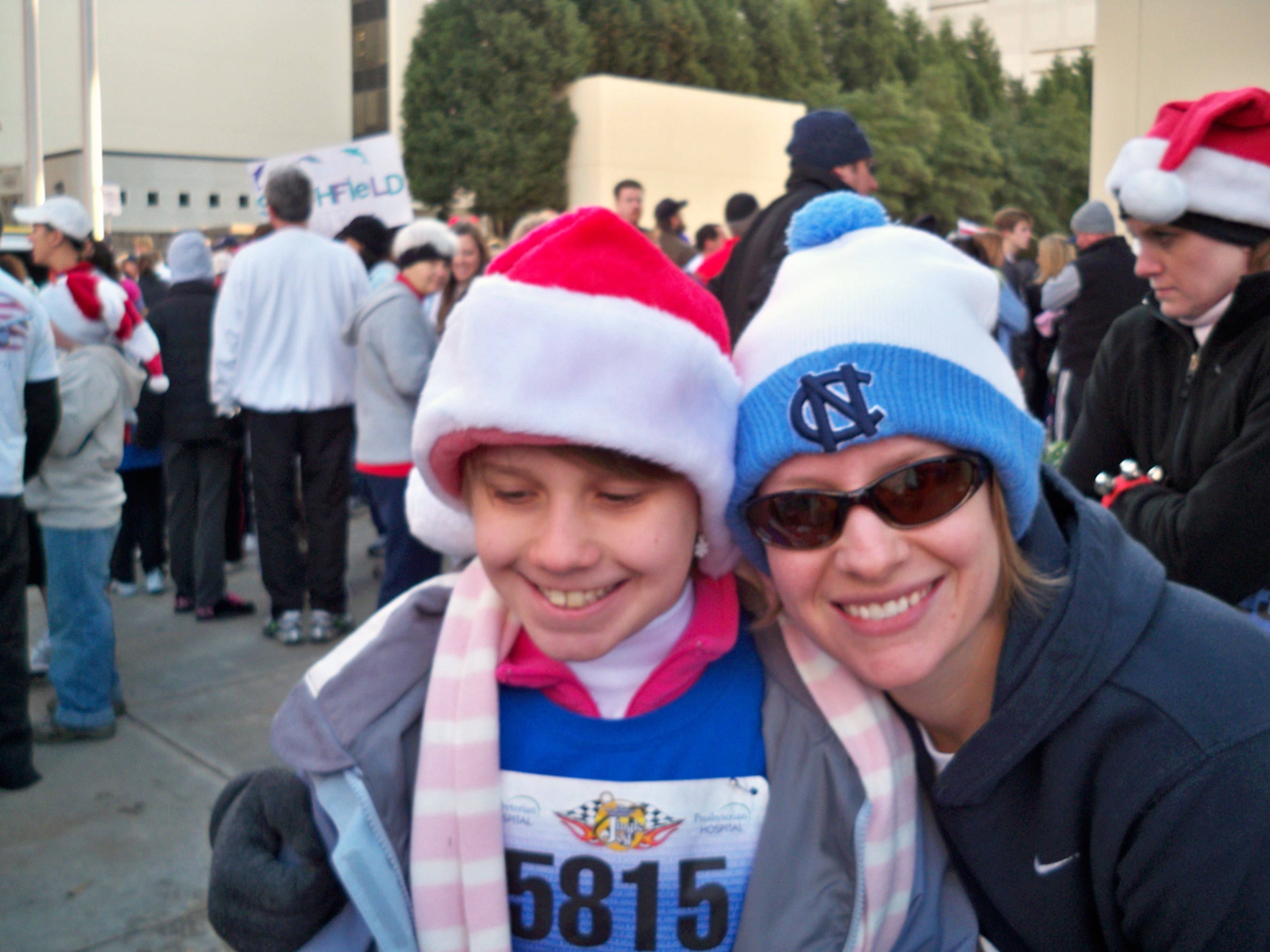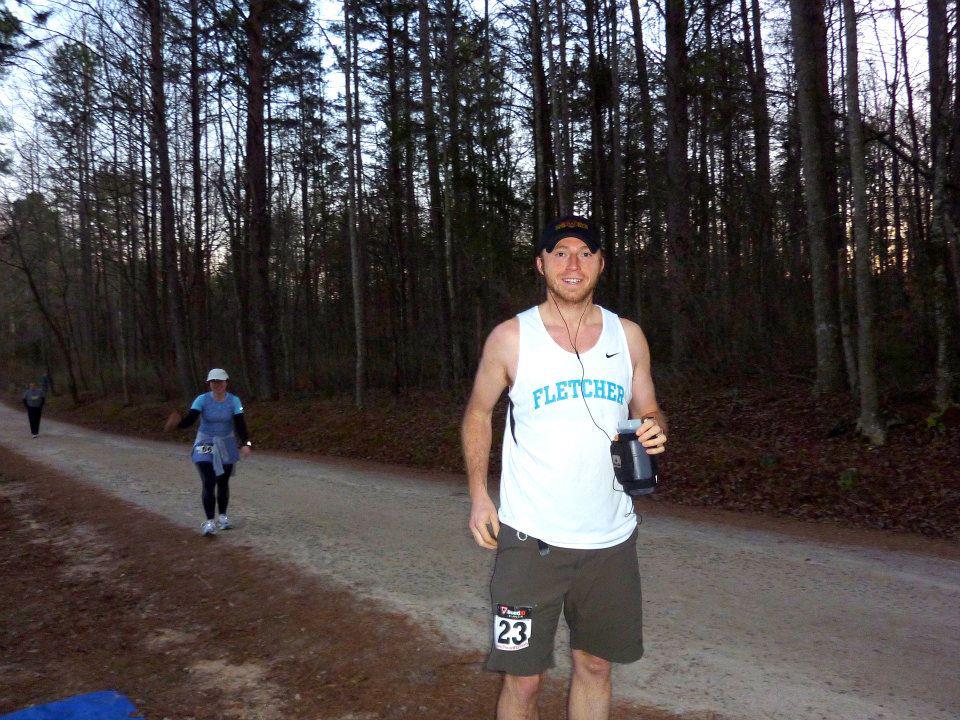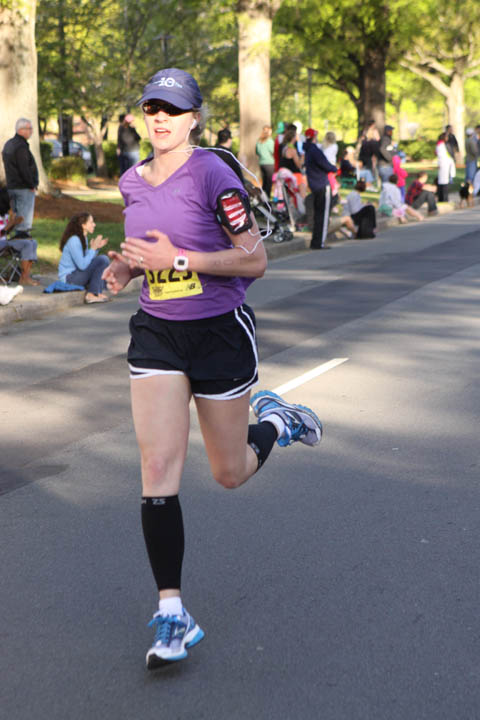Each year during the first weekend in June, the Batten Disease Support and Research Association (BDSRA) and other patient organizations recognize Batten Disease Awareness Weekend. This Saturday, June 3 and Sunday, June 4 are dedicated to sharing the need for critical research and support for affected families.
My First Known Encounter With a Rare Disease
I still remember the day 20 years ago when a rare disease first attracted my attention.
I was attending a young friend’s soccer game when the father of another player arrived at the field in a wheelchair. Previously the picture of health, this 40-something man and his pretty, petite wife once walked to the playing field, cheerfully talking to other spectators and looking forward to a good game.
Now the wife struggled to push the enormous wheelchair of her clearly disabled husband. Now they hated to look forward at all.
I subsequently learned that this man had ALS, also known as Lou Gehrig’s disease. In an instant, one visit to the family doctor and one diagnosis had irrevocably changed his life and shattered his family’s emotional security.
Over the next few years, I saw this man at other games, school plays and moving-up ceremonies…the milestones great and small that create a life. Each time I saw him, the disease had taken away more of his capabilities. His family, though dedicated to involving him in their activities to the extent possible, increasingly showed the signs of stress that result from bravery in the face of overwhelming odds.
After his passing, this man’s story stayed with me – a reminder that life is a succession of surprises, some awesome and others awful.
Batten Disease Enters My World
I immediately recalled this man and his battle with ALS when my friend, Sharon King, called to ask me to serve on the board of Taylor’s Tale, founded in the name of her precious daughter who has infantile Batten disease.
Another life, and another family devastated by the diagnosis of a rare disease. But this time the news was a bit closer, within my circle of friends.
Of course, I responded. I would do whatever I could to help. That’s what friends do for each other. And perhaps along the way, I would support a worthwhile contribution to humanity.
While my actions were commendable, there remained a certain detachment. And in truth, a sense of relief that I was helping their family, supporting their efforts to deal with a rare disease.
Rare Disease Hits Even Closer to Home
After I’d been involved with Taylor’s Tale for some time, my adult daughter called to tell me she had health issues that could possibly be attributable to a rare disease.
I was shocked. Even with experience as a rare disease advocate, I was totally unprepared for the wave of fear that swept over me.
Another diagnosis, another life threatened and another family facing the unthinkable. My previous detachment crumbled, replaced by sheer terror. This time it was my family.
Ultimately, my daughter’s health issues were determined not to be the result of a rare disease. But while I am eternally grateful, I will also never forget the sense of helplessness and despair created by even the possibility.
The truth is that rare disease is closer to all of us than we want to acknowledge. One in every 10 Americans has visited the family doctor thinking that a random symptom will be cured by a wonder drug or possibly surgery, only to learn that getting a rare disease diagnosis is challenging, treatments are not assured, and cures are too often years in the future – maybe not in time for them.
The other tragic truth about rare disease is that rare diseases are not at all rare. But the encouraging fact is that each of us can bring real hope for a better future by supporting organizations like Taylor’s Tale and BDSRA – organizations that are truly improving the prospects for rare disease patients. To do so, we have to be present 365 days a year, not just for a single weekend in June.
Rare disease patients are our neighbors, colleagues, parents, spouses, children…ourselves. Detachment from the reality of rare disease creates an illusion of safety and normalcy that is but one diagnosis from vanishing.
No one ever seeks to join the rare disease community, but we are all members nonetheless.

